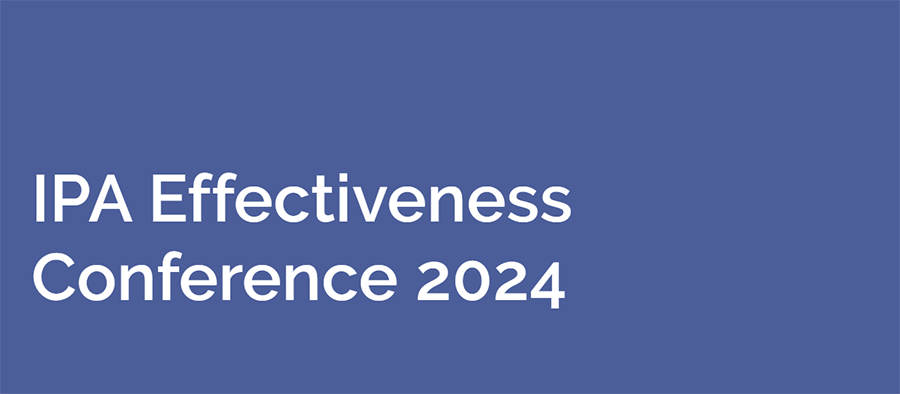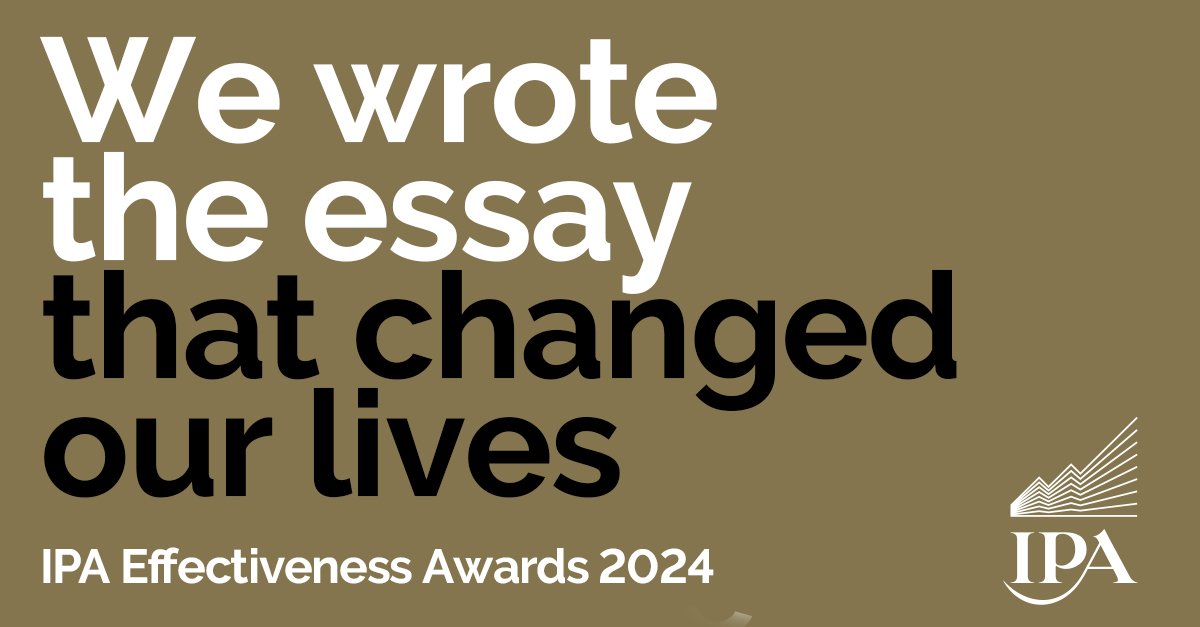Marketing for Higher Education institutions is struggling to resonate with future students due to a lack of understanding of their evolving needs. This is a new breed of day-one disruptors who think and act differently. To connect with them authentically, brands need to step into their world.
Gen A are heavily influenced by their Gen Z predecessors who are filling up their feeds and paving the way for their futures. The Gen Zs – the original digital natives, set the terms of tech development in the previous decade. But for the Alphas, tech is more about a convenience that’s always been on-hand. So how can universities inspire younger generations?
To see how they are different, we only need to look at their relationship with tech. They aren’t using revolutionary tools to change the world around them. They just want to use tech to become the people they want to be.
- If they want something from the corner shop, they use Getir.
- If they want new clothes, they order online. But these entrepreneurially minded Gen Zs are also renting and selling second-hand clothes more than any other generation.
- If they want to meet people, they go to Hinge.
- They are experiencing brands in the gaming environments where they spend so much time.
- And if they want to attend an open day, they can access this virtually…
So what does this mean? Student recruitment must adapt to these digital natives who view technology as a convenience that should be seamlessly integrated into their everyday life.
It’s crucial for universities to understand Gen Z’s evolving needs as this will affect their ability to connect with Gen A, soon to be the largest generation (by 2025). Delaying this learning until Gen A attends open days in four years will mean missing out on authentically connecting with them and winning their trust.
So how can education institutions build healthy, meaningful relationships with younger generations?
Higher Education marketing: Not quite making the grade
Traditional educational marketing is failing to attract younger generations. Institutions need to shift the focus away from themselves, to the individual needs of students, who are taking education into their own hands through technology. Coming of age during the pandemic, they are used to education by themselves, without the supportive presence of teachers, and finding their own way.
The decline of full-time degree students and the rise of online courses means that universities need to rethink their approach to remain relevant. The relationship between students and institutions is often too transactional, with rational messaging around fees that fails to acknowledge the autonomy students have in decision-making – and the influence they have over their Millennial parents.
The rebellion of Gen Z: The importance of authenticity on social media
To succeed in connecting with younger generations, Higher Education marketers have to know what they want from social media and where they spend most of their time. That much hasn’t changed. Gen Z want social media to be more than just a place to consume content. They want to be engaged as part of a living community of like-minded individuals.
Another top concern for Gen Z is privacy. They expect platforms to protect and respect their data, and be accountable for any breaches. When it comes to sharing their data, they want something truly valuable in return.
Gen Zs want brands that recognise their desire to be different. It’s refreshing to see a generation stand up against perfection, a mindset that’s reflected in their media habits.
TikTok, the home to quick cut, un-polished content that champions authenticity, has the attention of 62% of all Gen Zs in the UK. Just 1% of 18–24-year-olds consume branded content on YouTube, compared to 81% choosing to spend time with influencer-led or creator-led brand content on TikTok. This represents a huge opportunity for Higher Education brands.
But there are growing concerns around the effects of influencers amongst parents of Gen As, in particular Millennial parents – with 45% stating that celebrity influencers “make them feel bad”.
Universities should empower students to create their own content and become their brand champions. Generating a hub of useful, usable user generated content from ‘real people’ who their audience can relate to will get their attention and win their trust. But relinquishing control is crucial. Briefs need to be kept open and flexible for creators to use their unique style and let their own narrative shine through.
Adapting to changing audience needs: staying relevant in a dynamic world
Institutions may be right to feel threatened. But the fact is more power is in the hands of students who are taking ownership over how they learn – #LearnOnTikTok became an overnight success in the pandemic, now with 360 billion views. Or if we look at the changing approach to Clearing with the application timeline and system changing to meet the evolving needs of students.
Each year we’re seeing increasing volumes of non-traditional applications via Clearing, with students using it as an option to apply for the first time or change their mind from what they applied for in January. Clearing is providing students with more choice, shifting the power away from the institution.
This isn’t a negative development. Higher Education marketing should celebrate the educational empowerment of their students. So universities need to position Clearing as a smart option, not a desperate backup, and keep applicants engaged and excited about their choice right up to results day and acceptance.
Research from The Student Room demonstrates that the rising cost of living is resulting in more students evaluating where they study as a way of reducing costs. Others are seeking alternative routes into their careers such as apprenticeships, giving students hands-on experience without risking student debt or the ‘buyers remorse’ many graduates feel if they don’t go straight on to a career in their area of study.
We’re also competing with tech-savvy and aggressively marketed alternate lifestyle and career paths. The Royal Navy’s Virtual Guide AI assistant is an evolution to meet the changing needs of potential recruits. The conversational guide provides individually tailored journeys, content, and nudges to help applicants find their best path into the service, all with heavily personalised communication for a rich, supportive experience.
Diversify your offering and diversify Higher Education marketing
Universities need to offer programme content that speaks to the entrepreneurial spirit of younger generations. Providing practical frameworks and support for getting into work after studying or during, for the ones juggling both. And Higher Education marketing needs to show how institutions approach this post-course support.
Look beyond your usual competitor base to include online education and Further Education providers, who might be stealing the focus away from traditional pathways to a chosen career.
And finally, show understanding of changing audience needs. Stay curious about how the world they are growing into is changing.
A question we have to keep asking: Are you covering the breadth of questions students have and leading with empathy – recognising that they are overwhelmed with choice but want to feel empowered to choose their unique pathway.
Keeping up with with Gen A is a challenge we’ll be with for some years to come. To get a head start, you know what to do.





